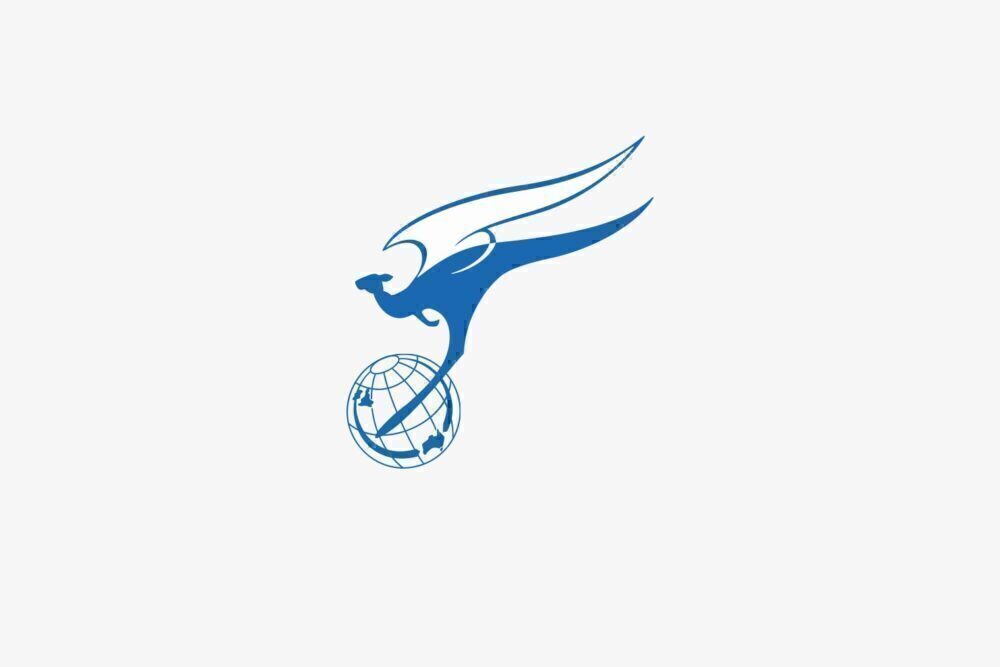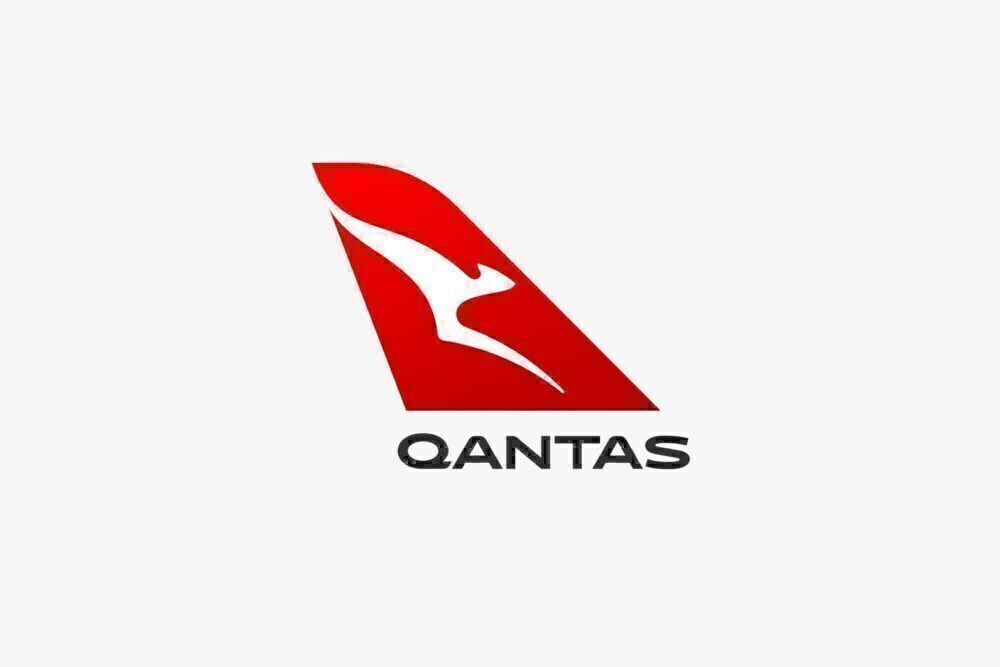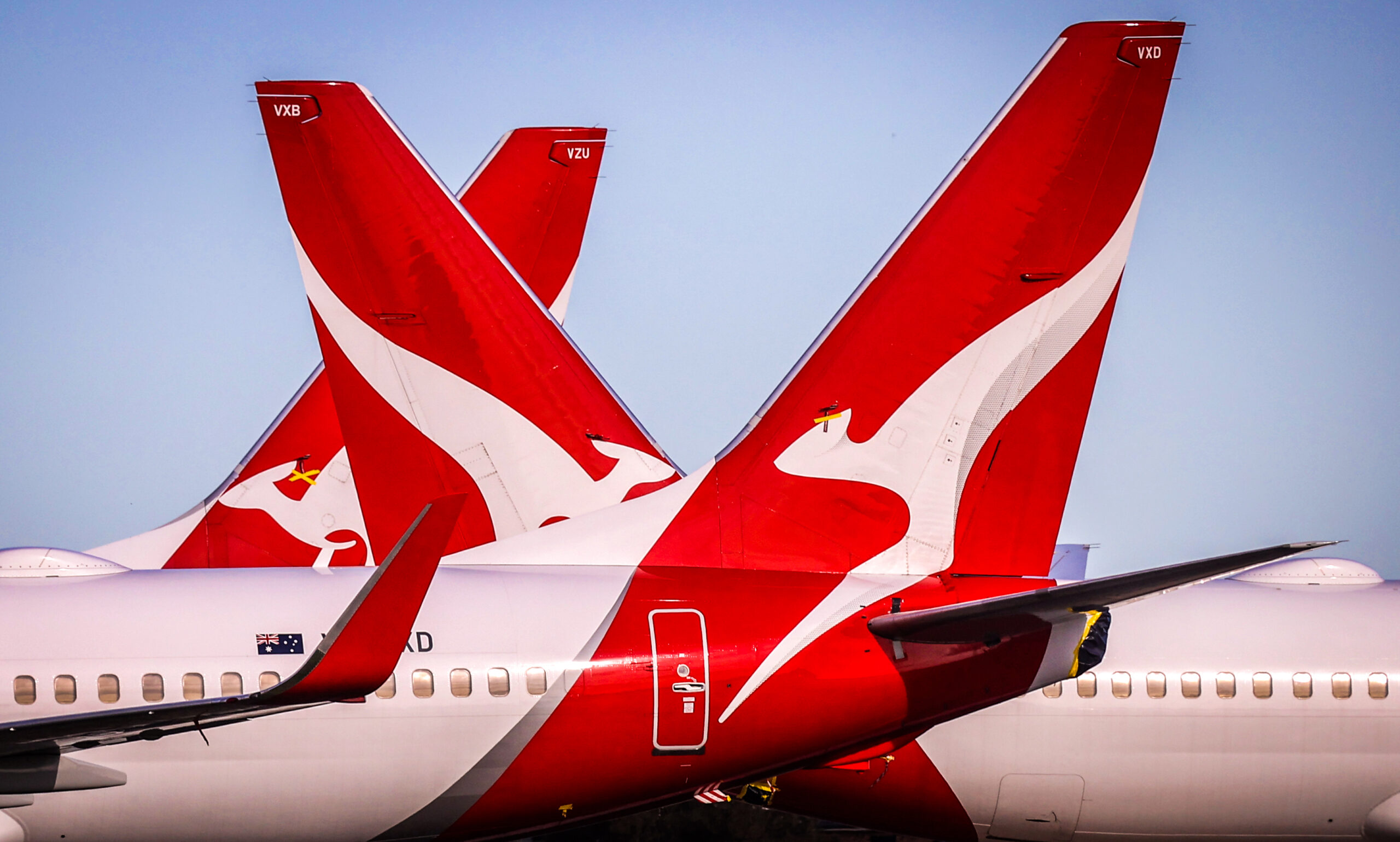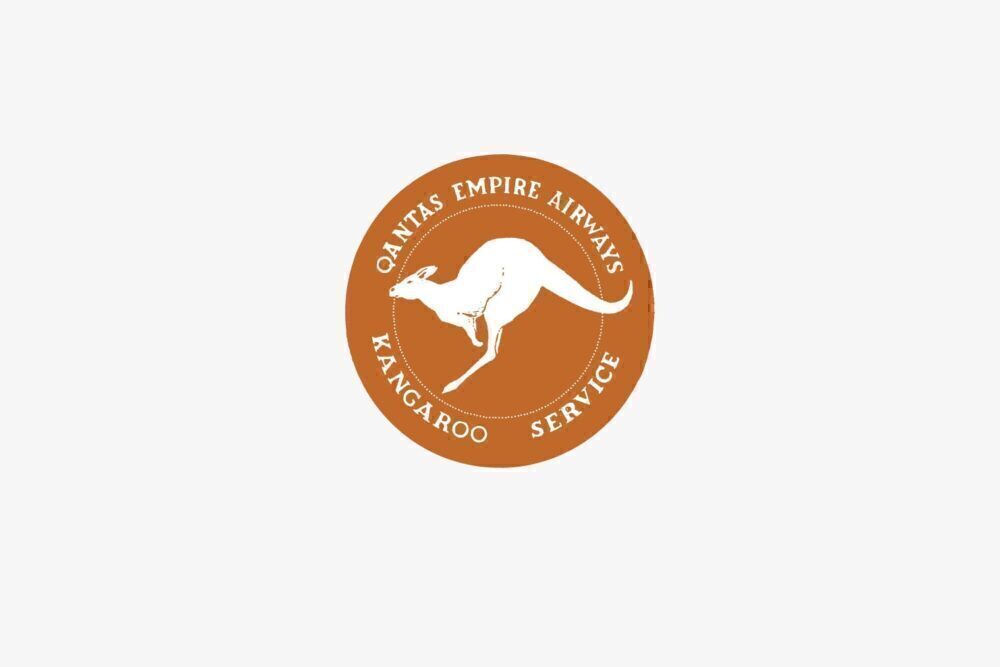Qantas turns 100 today, and even in these straitened times, Qantas is marking the day. One of Qantas’ most modern aircraft, the Boeing 787-9 Dreamliner, will cruise over its home city of Sydney for 100 minutes later today. That Dreamliner represents an almightly leap from the first Qantas plane, an Avro 504K. As Qantas grew and the aircraft evolved, so too did Qantas’ liveries.

Try getting your mouth around WQAASL
Qantas’ first livery wasn’t much to write home about and wouldn’t pass muster in today’s era of slick, stylized liveries. Boxy, black text, and all those dashes! But the founders of Qantas probably had more things to worry about than liveries. Qantas says that for a short time, the founders called their airline “Western Queensland Auto Aero Services Limited,” or WQAASL, which is even harder to make look good on the side of a plane than Qantas.

Things started to look sharper in 1930 when Qantas updated their livery, introducing wings and color; red. That color would go on to remained closely identified with Qantas through to the present day. In the livery is a map of Australia with a line tracing where the airline first flew, out in the dusty backblocks of western Queensland.
While their biggest jets now leave contrails high in the skies over western Queensland, Qantas still flies turboprops into many of the small towns initially flown to back in the 1920s and 1930s.

The flying kangaroo gets introduced in 1944
The next livery update was in 1944, towards the end of WWII. The kangaroo was introduced into the livery, a feature that’s remained on all liveries since. That 1944 kangaroo was far more naturalistic than the modern interpretations. The red wings and black text got dropped. Qantas was still using color, but more of an ochre or rust tone than the contemporary version.
Qantas has also become Qantas Empire Airways. That change reflected Qantas’ flights over the Indian Ocean to then Ceylon, where you could connect with the BOAC service through to London – maybe the first Qantas codeshare!
Qantas’ postwar livery, in use between 1944 and 1947. Photo: Qantas
That livery only lasted a few years. In 1947 new livery was rolled out. The red gets swapped out for blue, but you can see the contemporary stylized kangaroo’s first iteration. However, in 1947, the Qantas’ kangaroo had wings. This new livery coincided with Qantas’s nationalization and the opening of the Kangaroo Route through to London. That route has been flown ever since and has since become an iconic Qantas route.

Qantas goes back to red just as the Boeing 747 comes into service
The blue livery lasted until 1968 when it got swapped back out for today’s red version. The new logo coincided with the jet age and predated the classic Qantas plane’s arrival, the 747, by just a few years. We also see the first version of the Qantas text that has since become so familiar.

The next update wasn’t until 1984, and it’s now the red tail gets introduced. The wings get dropped from the kangaroo. The text is blockier than today’s version, but it isn’t too dissimilar. Since 1984, Qantas has tinkered with their livery but hasn’t made that many changes.

In 2007, the red was less deep, and the text began to lose its harder edges. The kangaroo becomes curvier, the head and ears tilt forward.

But for the name, the Qantas founders wouldn’t recognize their airline
In 2016, Qantas introduced its current livery. The text is lighter and leaner, losing the classic blockiness that had been a feature of Qantas livery since 1968. There are more curves. The deep red is back. The kangaroo has become highly stylized. Arguably, unless you knew it was a kangaroo, you wouldn’t know what it was.

On its 100th birthday, but for the surviving name, the men who started Qantas wouldn’t recognize their airline. You have to wonder what those first founders of Qantas would make of today’s Qantas, with its slick livery, flights to six continents, and planes that can cross oceans in a single leap. Like the liveries, it’s a giant leap forward from 100 years ago.
[ad_2]
Source link



